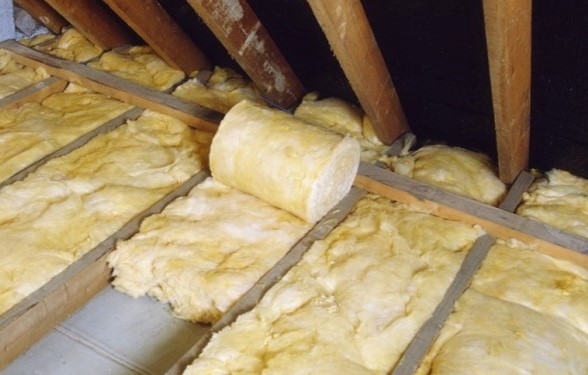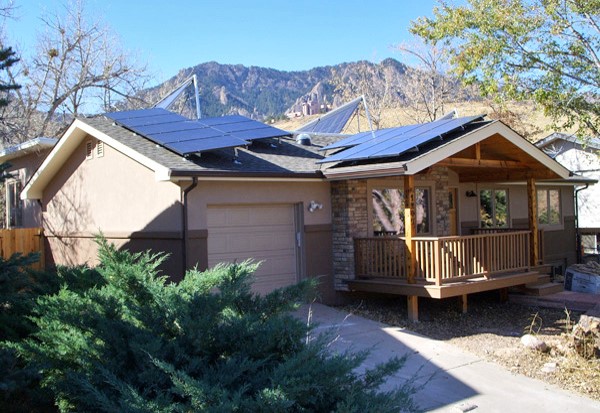Why Retrofit?
|
The Scottish Government has set targets for 2032 for the residential building sector, including:
|
So what is Retrofit?
|
Our definition of retrofitting is fitting physical measures to an existing building, such as insulation, to reduce the amount of energy it consumes. When it comes to applying this, there are several options that can be considered. For example, we can apply low carbon heat technologies to a building, such as a heat pump, shown in the photo to the left.
|
|
Aside from this, we could also apply a 'deep' retrofit to a property, shown below right. As the name suggests, this method goes much further towards altering the characteristics of a building to reduce energy consumption. Aspects that can be modified include fabric, ventilation, heating systems, air tightness and even the renewable capacity of a building. Deep retrofits tend to be much more costly, but can result in a significantly reduced energy consumption.
|



